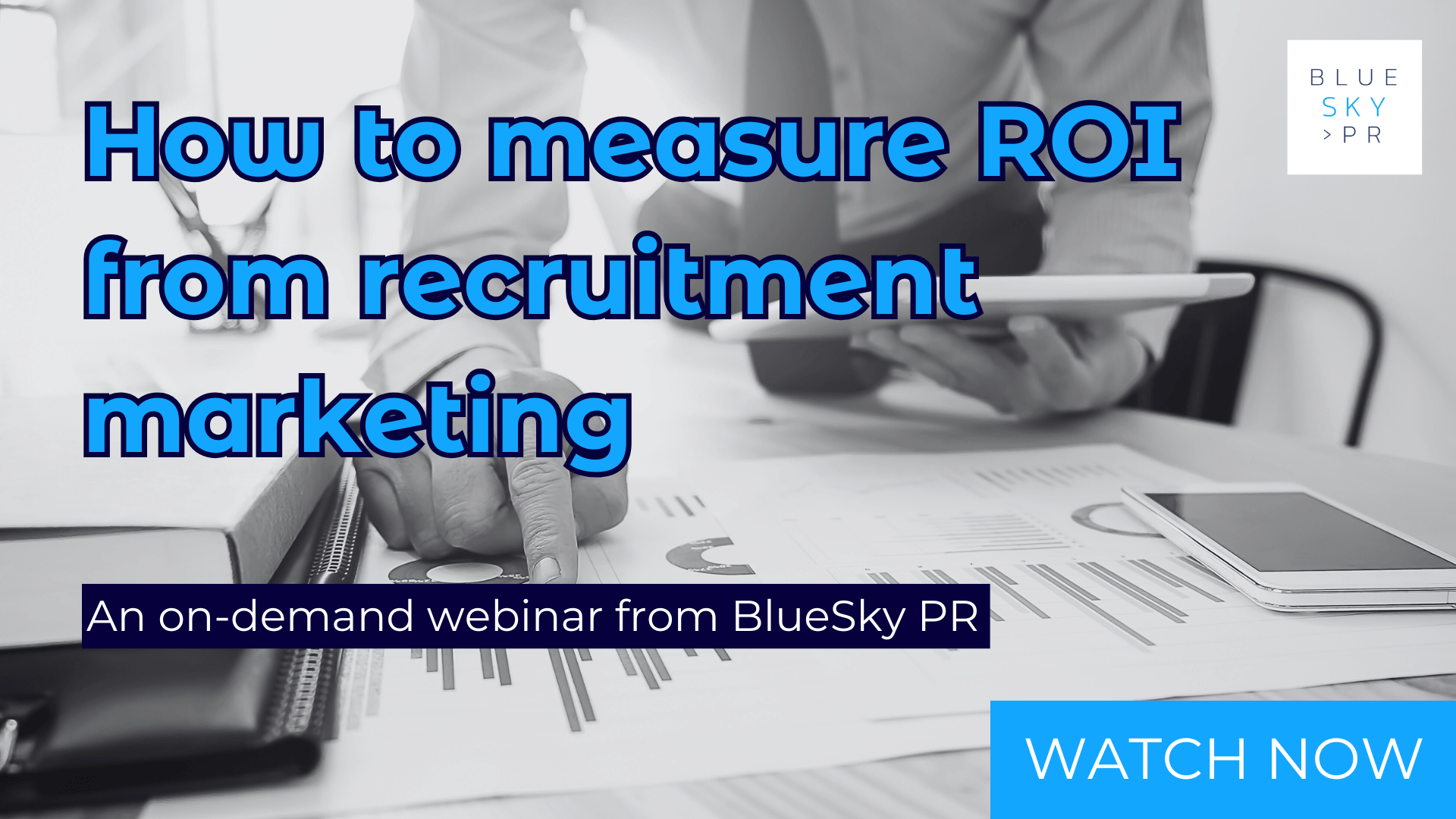The UK recruitment market is one of the most crowded industries in the country, with over 40,000 firms at last count vying for attention. As a result, standing out has become a major problem.
Many have looked to grow their external profiles, and it’s no coincidence that the agency directors who treat PR and marketing as a core element of their activity are the ones who are thriving at the moment. But even those firms have to work hard to maintain a competitive advantage, and it could even be said that scaling up external activity comes with its own set of problems to tackle. After all, if you raise your head above the parapet, you’re likely to get shot at. With this in mind, what are the biggest PR and marketing challenges facing recruitment agency directors, and how do they overcome them?
We all recognise that running an agency isn’t for the faint-hearted; it is a business defined by relationships, reputation and results. But even when an agency has talented consultants, loyal clients and a strong track record, the biggest frustrations for directors often come not from delivery but from how the business is perceived. And differentiating a brand, while shaping how people talk about the agency, and ensuring that they talk about it for the right reasons, represents one of the (several) issues that often keep leaders up at night.
Standing out in the right way
A core problem facing many, particularly those in markets such as financial services or IT, is cutting through the wall of noise. Part of the issue is that many agencies sound almost identical, and there are only so many times you can hear the same taglines about ‘tech-driven solutions’ or a ‘partnership-led approach’ before disengaging. AI doesn’t help in this respect and is only adding to the homogeneity. Every agency also claims to have the best network, the best consultants, and a client-first ethos, and prospective clients and candidates have heard it all before. For directors, the challenge is how to say something distinctive without slipping into clichés, empty promises, or overly bold, attention-grabbing statements with no substance to back them. But it requires bravery to step out of comfort zones, and lean into sharper, more nuanced and data-backed messaging that really adds value, in the right way. This is one of the core marketing hurdles to overcome, but without a clear position, all agencies risk being seen as an interchangeable faceless organisation, rather than a valuable partner.
Balancing sales with substance
The very nature of the recruitment industry and the personalities involved means that most directors want to see direct results from their marketing and PR output, which makes perfect sense, but often backfires. It leads to an overtly sales-focused approach and messaging, and if every piece of content feels like a pitch, audiences switch off, journalists will ignore you and candidates move on. Everyone is more aware of when they are being sold to, which is why traditional advertising is less effective than in the past. The real art is striking a balance, and marketing and PR should be seen as a long-term investment in building credibility and reputation just as much as a short-term lead generation tool. Publishing material that’s of actual value, sharing insights and market knowledge, and being able to publicly comment on the challenges faced by clients and candidates alike add far greater value than a sales message does in the long run. The returns aren’t always immediate, but they build trust, and this is the core factor that makes clients pick up the phone when they are ready to brief.
Proving ROI
On a similar note, one of the reasons why marketing and PR are often the first budgets to be cut in tougher times because their impact can feel intangible. Unlike placements, there is not always a neat metric to measure success. But increasingly, it can be done, although it takes discipline. Tracking inbound leads, monitoring which conversations mention your published content, and mapping new clients back to moments of visibility all help, but crucially, this requires a mindset shift, and if directors can’t think more holistically and see PR as a quick win rather than a long game, they will always be disappointed.

Attracting attention without the risk
We all know that a quickfire way to get attention is to say something bold and potentially unpopular and, as the adage goes, ‘any press is good press’. However, this isn’t necessarily true anymore. The temptation to jump on every trending topic is strong, but misjudged commentary can make an agency look opportunistic or out of touch. A throwaway social post or poorly considered press comment can cause lasting long-term damage, and the challenge is to engage confidently in public debates while still staying true to your agency’s values and expertise. That line is not always easy to walk, but it is crucial.
Getting internal buy-in
Another hurdle facing leaders is securing internal buy-in. The insights and knowledge held by consultants are the lifeblood of any agency, but many intentionally step away from contributing ideas, sharing case studies or stepping forward as spokespeople because they are under pressure to bill, and marketing can feel like a distraction.
Directors, therefore, face the challenge of embedding a culture where visibility is everyone’s responsibility. That might mean hosting media training, offering incentives for those who contribute, or simply building processes that make it easy to capture insights, without taking time out of consultants’ diaries. Whatever the solution, without securing this buy-in, PR will always feel like a bolt-on rather than a core strength.
Protecting the agency during crises
Every recruitment agency will almost certainly, at some point, face a crisis from a candidate taking to social media after a poor experience, an employee behaving badly, or a client relationship souring publicly; regardless of the cause, the main challenge is not in prevention, but response. However, a huge proportion of agencies still do not have a crisis communications plan in place, and in the 24-hour, always ‘on’ era, even minor delays can lead to doubt and mistrust creeping in. Equally, when there is a crisis and there’s not a prepared response, it can be easy to push messaging that’s rushed or overly defensive. Preparing in advance, and agreeing on who speaks, what tone to take, and how to correct the record, makes the difference between a short-lived issue and lasting damage.
Unfortunately, none of these challenges are easy to overcome, and standing out, proving ROI, protecting reputation and getting consultants engaged will always be demanding. But the directors who commit to tackling them head-on are the ones who see the payoff. Agencies with a clear, authentic voice, a consistent media presence, and a reputation for expertise are the ones that win long-term trust in the market. Of course, marketing and PR will never replace the core areas of focus for agency leaders, and results for clients and candidates will always come first. But in a sector as competitive as recruitment, results alone are not enough. The agencies that thrive are those that can deliver and be seen to deliver, and that is only possible with strong, sustained marketing and PR.
Read more of our blogs here
Take a look at our case studies
 Author: Bruce Callander
Author: Bruce Callander
With over a decade’s experience in PR, marketing and communications, Bruce develops and executes media relations, content and social media strategies for firms in the recruitment and hiring industries, as well as suppliers to those sectors and other organisations both in the UK and internationally.
Post Your Comment